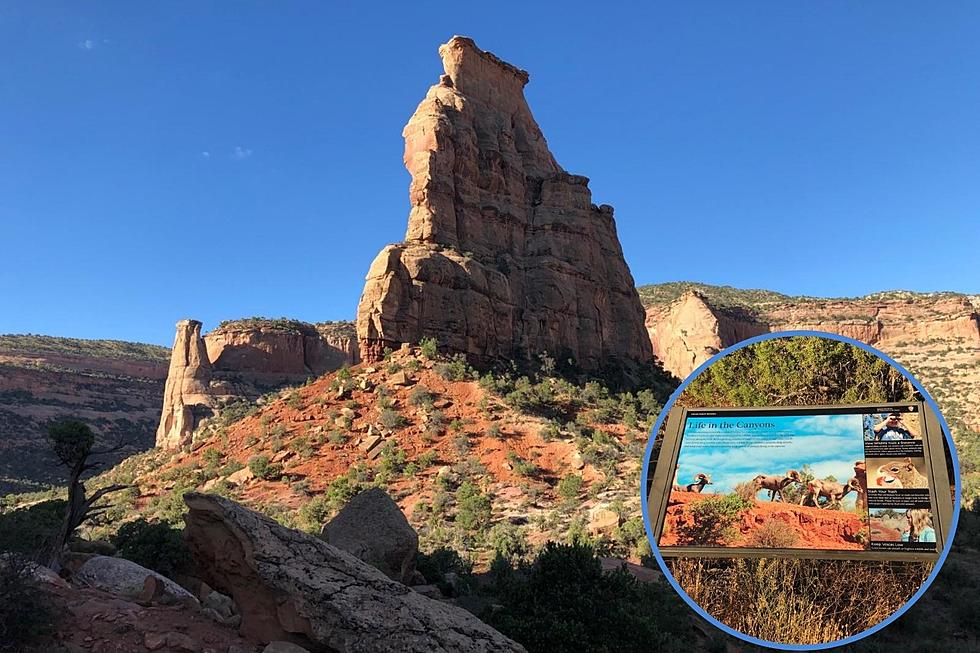
A Utah Treasure Mystery: Lost Rhoades Mines
Tales of lost and buried treasure are nearly as old as time and span cultures worldwide. If you’ve watched an Indiana Jones film, the animated classic The Road to El Dorado, or anything on the History Channel, you’ve seen stories about the Ark of the Covenant or lost treasure in Nova Scotia. This story is a tale of hidden treasure in Utah.
As always with these types of stories, be respectful of people’s property and of Indigenous people’s stories and spaces. The information in this piece comes from the Kamas Valley History Group and Utah Treasure.net.
Thomas Rhoades was an early convert to Mormonism in 1834. It said that he was commissioned by Brigham Young to salvage hidden gold known to the Ute tribe. According to the story, this happened after Ute chief Wakara told Young about the mine after being baptized. Wakara’s conditions included only one person at a time knowing where the mines were, that members of the Ute tribe be there as that one person was there, and that only as much gold as the one person could carry be brought out.
The gold mines Wakara knew about were supposedly from mines abandoned by Spanish miners who were in the territory before the 1776 Dominguez-Escalante expedition.
To make a long story short, the Rhoades family would eventually lose access to the mines after the death of Wakara and his brother Arapeen who had allowed the Rhoades to continue going to the mines after Wakara’s death. It’s said that after having access denied, Caleb Rhoades petitioned the U.S. Congress for a land lease and was denied.
I’ll leave links to my piece on the Dominguez-Escalante expedition and the Spanish Trail for you to peruse.
More From 95 Rock









